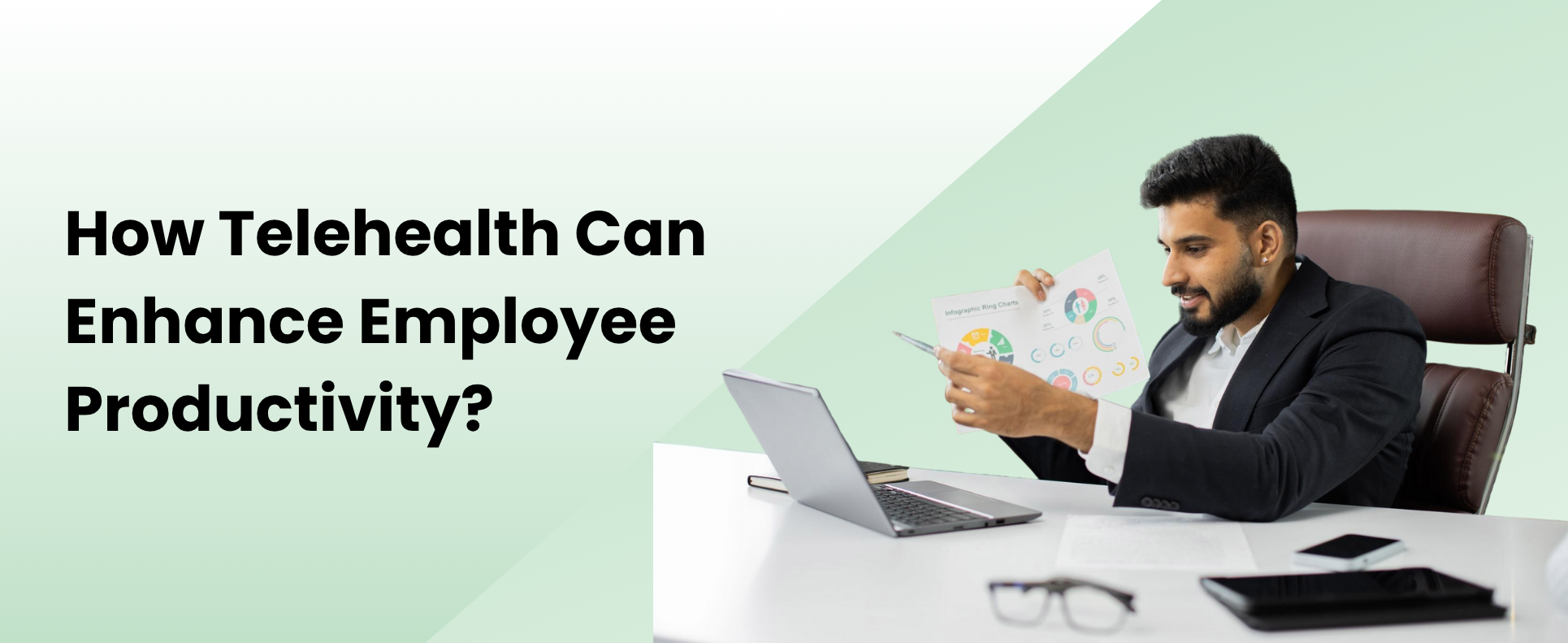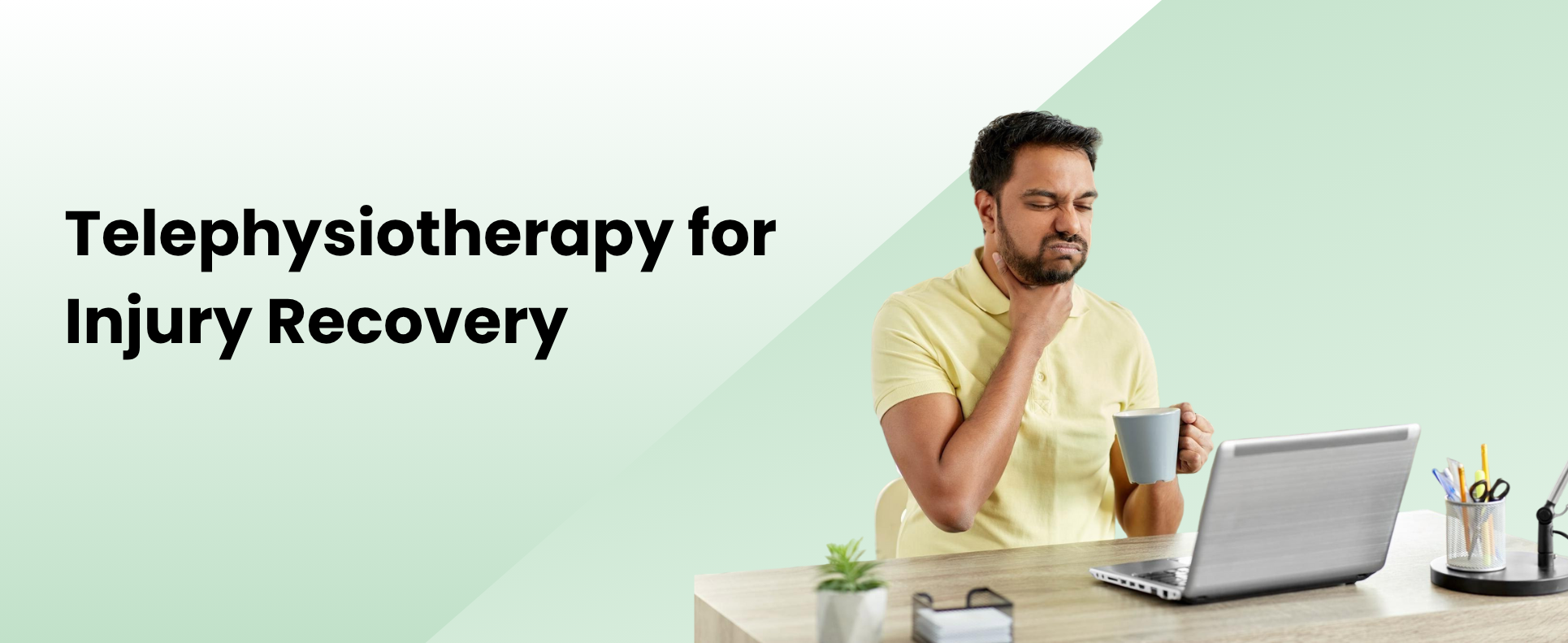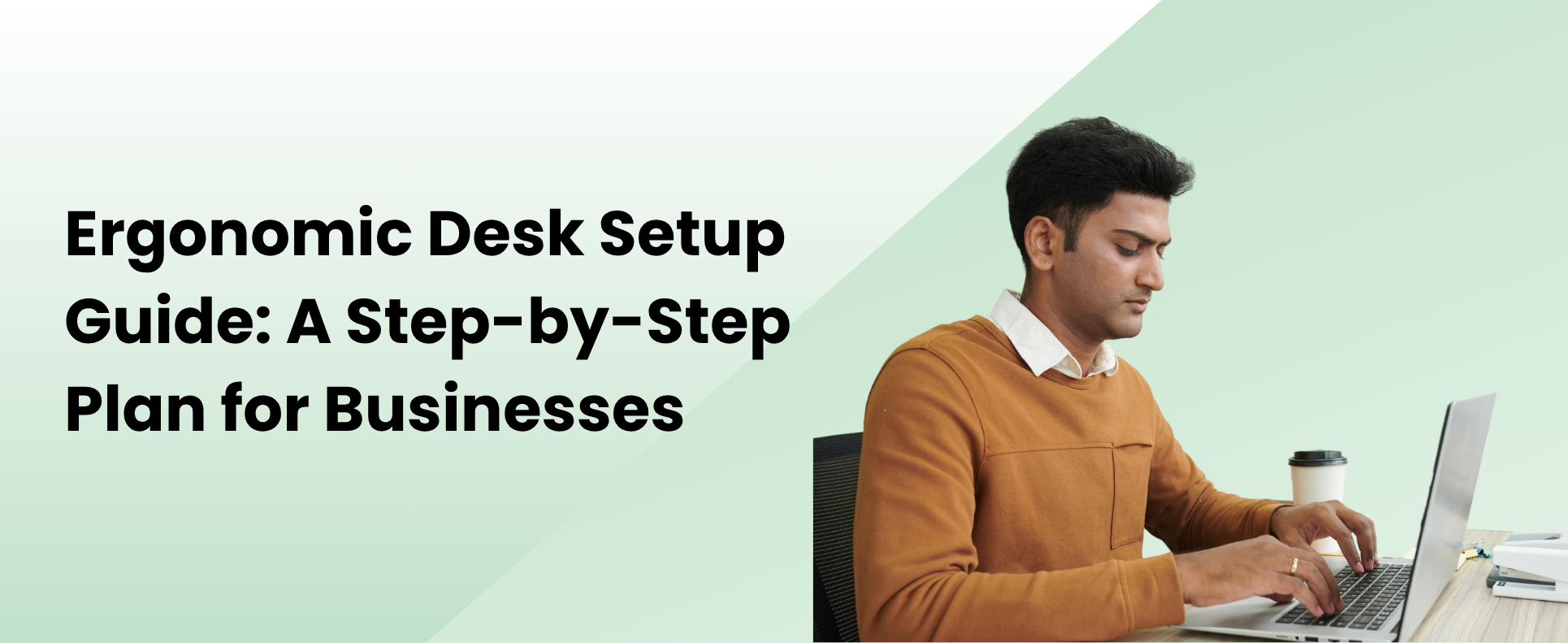26 April, 2025
Designing Employee Wellness Programs That Actually Work: Proven Strategies for Indian HR Teams

Overview
Rethinking the Employee Wellness Program: A New HR Imperative
Employee expectations have evolved dramatically. In India’s high-pressure corporate landscape, wellness is no longer just a checkbox—it’s a strategic pillar of workforce sustainability. With rising health concerns, hybrid work fatigue, and mental stress on the rise, HR teams are under pressure to build wellness programs that drive real impact, not just attendance.
The good news? A well-designed wellness initiative can positively influence culture, boost loyalty, and improve bottom-line productivity. This blog explores how HR professionals can craft programs that resonate, evolve, and make a difference.
Evolving HR Priorities
How Are HR Teams Redefining Employee Wellness in 2025?
Gone are the days when Friday yoga or annual health camps checked the wellness box. Today, progressive HR teams are aligning wellness with broader organisational goals — retention, engagement, innovation, and employer branding. HR leaders today must think beyond token sessions and design wellness programs that are measurable, meaningful, and tailored to modern work realities.
Why wellness is now core to HR strategy:
- Rising cases of posture-related injuries and burnout in desk jobs
- Younger employees demand flexible, health-first work cultures.
- Talent attraction and retention now hinge on employee experience
- Workplace fatigue is directly impacting performance and collaboration.
According to a Mint report, 60% of Indian office workers experienced musculoskeletal pain in 2023 — up from 47% in 2019. Ignoring workplace wellness is no longer an option.
Key Wellness Dimensions
Effective wellness programs go beyond fitness apps and fruit baskets. They tackle day-to-day issues that employees face.
Here’s what a holistic wellness program should offer:
Wellness is not just about health; it’s about shaping resilient, high-performing teams.
Personalisation Tactics
Why Is Personalisation Key to Wellness Program Success?
Modern employee wellness must be multidimensional, addressing everyday work’s physical and emotional pain points. Personalisation has become a game-changer in this area.
A one-size-fits-all approach can lead to disengagement. Personalised wellness strategies, on the other hand, show employees that their unique needs are recognised — and that builds long-term trust and participation.
How to tailor wellness to team needs:
Pro tip: Personalisation doesn’t mean complexity. Even offering two tracks (e.g., physical and mental wellness) with a flexible schedule can significantly improve uptake and satisfaction.
Boosting Participation
Boosting Participation and Building Lasting Momentum
Launching a great wellness program is just the start. HR magic lies in not just launching a program, but building a community around it.”
Strategies to improve participation and momentum:
Sustainable engagement comes from internal momentum, not just external experts.
Measuring Impact
Measuring the ROI of Employee Wellness
Wellness metrics aren’t just for reporting — they help HR fine-tune programs for better adoption and business outcomes.
Measurement tactics to consider:
| Indicator | Insights Delivered |
|---|---|
| Wellness Survey Trends | Employee perception of physical/mental well-being |
| Physiotherapy Usage Data | Adoption of posture/strain-related support services |
| Participation Retention | Whether employees return for repeat sessions or modules |
| Culture Health Index | Measured via pulse surveys and internal sentiment |
| Recovery from Sick Leave | Faster bounce-back among employees using wellness tools |
| Attrition Rate Post-Program | Track changes in voluntary exits post-launch to assess long-term cultural impact. |
Also, HR teams can assess how wellness intersects with attrition, team morale, or even innovation, especially if tracked over quarters.
Pitfalls to Avoid
What Should HR Avoid in Wellness Planning?
The 5 Most Common Wellness Program Mistakes (And How to Avoid Them)
Wellness success isn’t about doing more — it’s about doing what’s relevant and consistent.
Building a Culture of Wellness
Employee wellness is no longer just an HR checkbox — it’s a driver of performance, retention, and loyalty. The most effective programs are built for people, not just policies. When wellness is ongoing, personalised, and empathetic, employees don’t just stay — they thrive.
Design Better Wellness with BJM Health
At BJM Health, we work with HR teams to create wellness programs that solve real workplace challenges — not just tick boxes. From posture correction and ergonomic training to mental health workshops and physiotherapy sessions, our programs are tailored to the realities of Indian offices.
Whether you’re a startup setting up your first wellness initiative or a large enterprise looking to evolve your plan, we’re here to co-create meaningful, results-driven strategies.
Ready to transform your workforce with a successful wellness program? Partner with BJM Health to turn employee care into a competitive advantage.
Related Blogs
Seated Isometric Supination Press Relieve wrist and forearm strain with this simple seated isometric exercise. Duration: 2–3 mins Target Audience: Office/IT workers Goal: Wrist and forearm relief [...]
06 June, 2025 How Telehealth Can Enhance Employee Benefits & Improve Workplace Productivity? Overview Digital Healthcare as a Core Employee Benefit Telehealth is no [...]
05 June, 2025 How Telephysiotherapy Helps Indian Employees Recover from Workplace Injuries Faster Overview Why Telehealth Recovery Support Deserves Employer Focus? India’s workforce today [...]
02 June, 2025 Ergonomic Desk Setup Guide: A Step-by-Step Plan for Businesses Overview Why Desks Matter More Than You Think? In the modern Indian [...]






